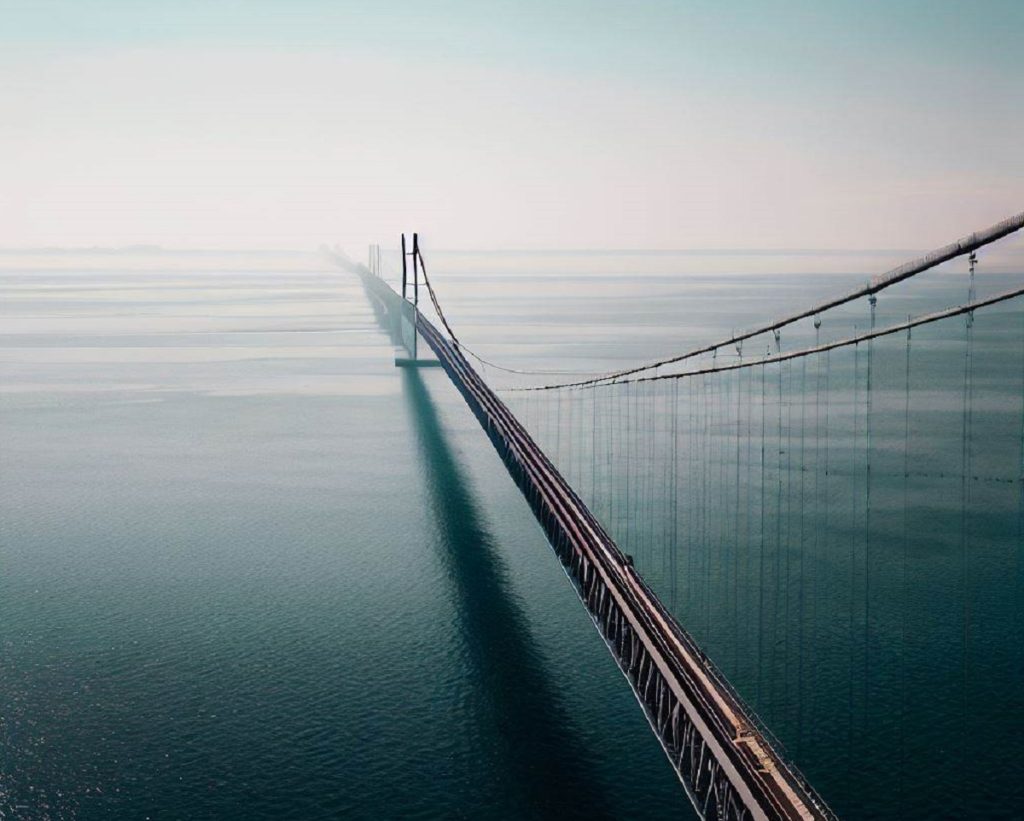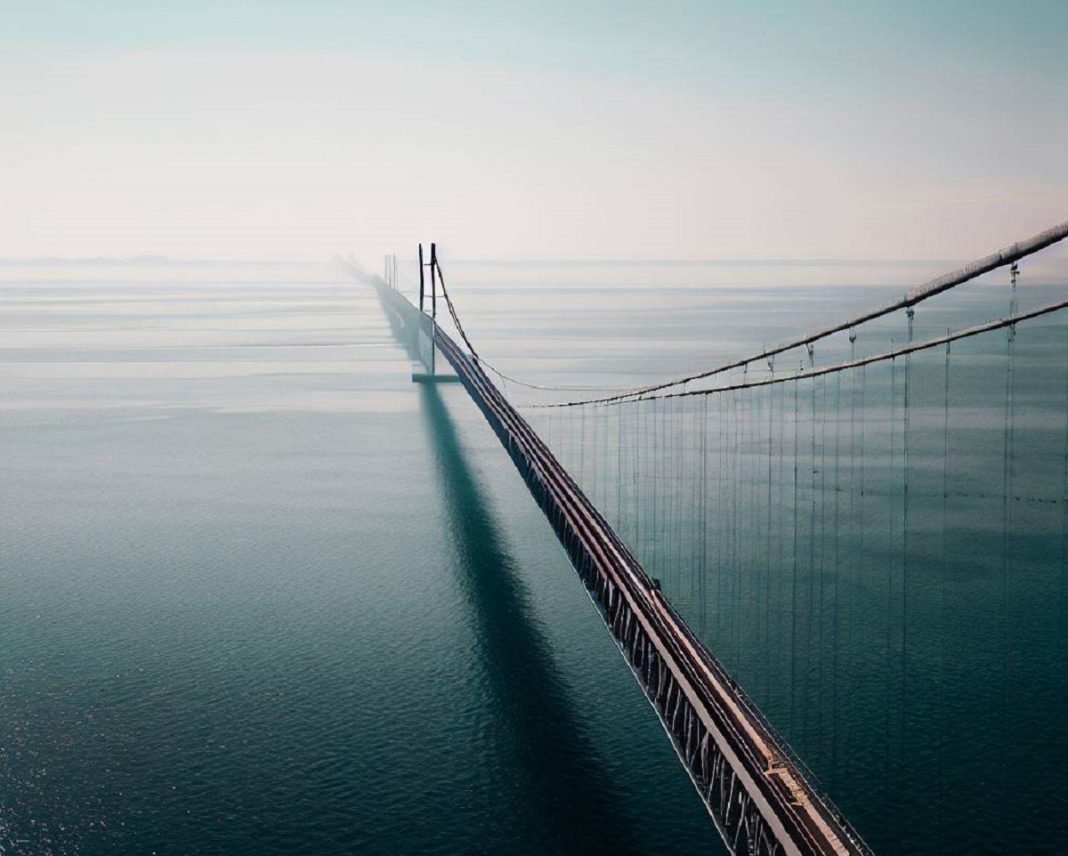The bridge, which has already controversially seen approval granted and rescinded, has now received approval by the government’s Council of Ministers. Construction of the bridge is expected to take at least six years.

If the bridge were to be constructed according to its current technical specifications, it would stretch to 3,666m, with a single span of 3,300m. This would make it the longest suspension bridge in the world, ahead of the recently-completed Canakkale Bridge in Tukey, which has a central span of 2,023m.
Advocates claim the connection will help boost the island’s stagnating economy and lessen the gap between the country’s wealthy north and poorer south. Supporters also say that it will allow cargo ships arriving down the Suez Canal to transfer their goods onto trains in Sicily. This would then enable them to be transported quickly up to the north of the country, saving money on lengthy sea voyages. The rail and road connection would also ease the pressure on the overcrowded ferry services that shuttle cars, lorries and trains over the Strait of Messina.
But critics maintain that the gigantic bridge would be a waste of public funds and a risky undertaking in an active seismic zone. Environmentalists also warn of the risk to local ecosystems and the aesthetic damage to the landscape.















